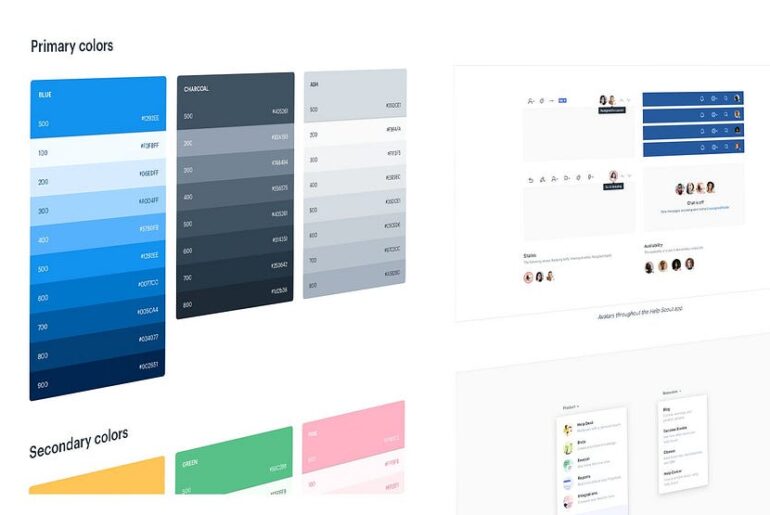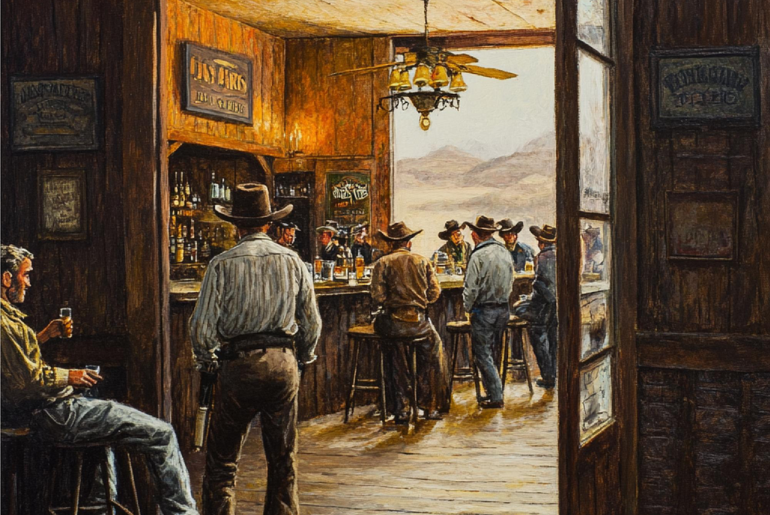Truths no one warned me about, but that every designer eventually discovers.
If you asked me early in my career what being a designer meant, I’d have given you a simple answer
“Creativity, duh!”
Design, to me, was about creating beautiful things that people liked. It was about making things look cool and, if I was lucky, getting paid for it. But as I grew into my career, taking on bigger projects, working with teams, and occasionally screwing things up royally, I learned that design is so much more than creativity.
It’s responsibility.
It’s communication.
It’s problem-solving.
And it’s a lot harder than I ever imagined.
Here are five hard truths I’ve learned about being a designer — truths no one warned me about, but that every designer eventually discovers. They’re lessons that shaped me as a professional, and if you’re in the industry, I bet they’ll resonate with you too.
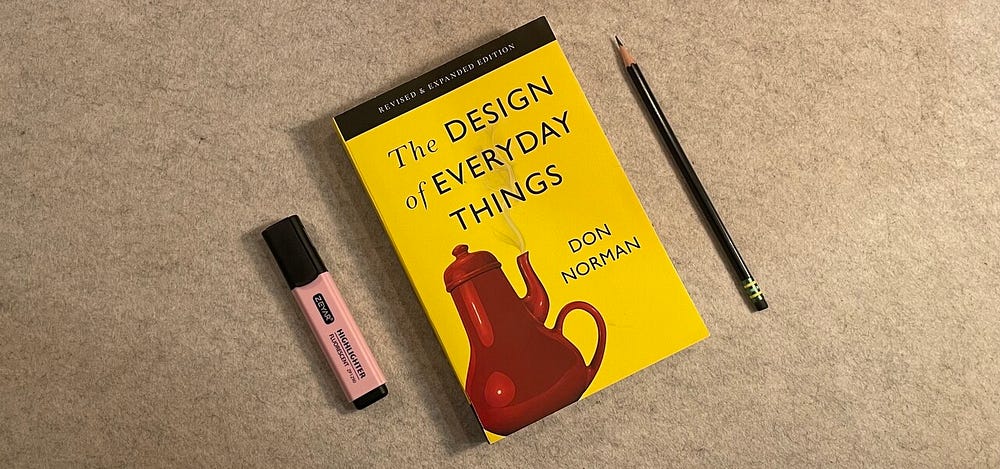
1. You’re a Problem Solver, not just an artist
When I was starting out, design felt like pure art. I’d focus on making things pretty — balancing colors, perfecting typography, and obsessing over the tiniest details.
What I didn’t realize was that design is fundamentally about solving problems.
It wasn’t until I took on projects beyond banners and flyers — like landing pages and websites — that it hit me. Suddenly, I wasn’t just arranging elements; I was crafting user flows.
I had to ask questions like
Who is this for?
What’s their problem?
How can this design guide them toward a solution?
One of my first flyer projects was for a business trying to boost sales, and I realized that understanding the target audience — what they needed and why — was just as important as picking the right fonts.
This shift in mindset is echoed in Don Norman’s The Design of Everyday Things.
Norman highlights that good design isn’t just about aesthetics; it’s about usability and understanding the user’s goals. A door handle isn’t good design because it’s sleek — it’s good because it clearly signifies whether to push or pull.
Similarly, a design isn’t successful because it looks cool; it’s successful because it works for the user.
And let’s face it, there’s nothing less creative than designing something pretty that no one can use. It’s like baking a gorgeous cake that tastes like cardboard. Sure, it looks great on Instagram, but no one’s coming back for seconds.
2. Your Decisions carry real-world consequences
Design might feel like a safe profession — you’re not building bridges or performing surgeries, right?
But here’s the thing: your decisions as a designer do have real-world consequences. They affect businesses, users, and sometimes entire communities.
Take one of my first responsive web designs. Back in 2015, I didn’t pay much attention to mobile users because, well, I didn’t think it mattered that much.
Big mistake.
Smartphones were booming, and my oversight led to a website that was practically unusable on mobile. The project flopped, and I felt the weight of that failure.
Norman’s concept of affordances and signifiers applies here.
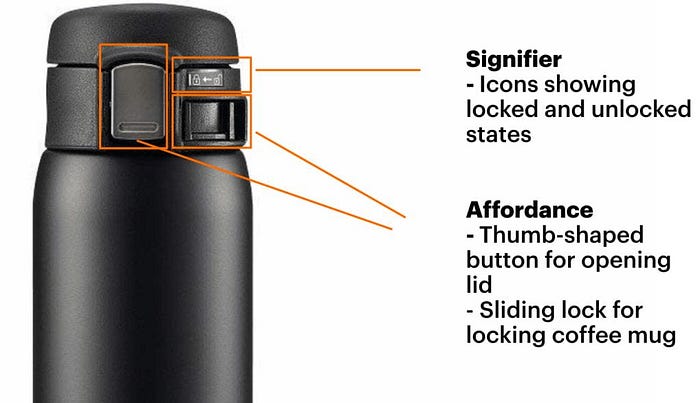
A design that doesn’t anticipate how users will interact with it isn’t just bad — it’s harmful. Whether it’s a poorly designed website or an inaccessible interface, bad design can alienate users and cost businesses money.
But let’s be real, it’s not just about money. Your work has the power to impact people’s lives.
Imagine designing an app for seniors and overlooking the fact that most of them struggle with tiny fonts. Or creating a checkout flow that’s so confusing, users abandon their carts en masse. These aren’t just design failures — they’re human failures. And they’re on you.
3. Feedback is your ally, not your enemy
Early in my career, feedback felt like a personal attack. My ego couldn’t handle it.
If a client or teammate criticized my work, I’d get defensive — even if they were right. The only reason I tolerated client feedback was because they were paying me.
But when it came to teamwork? Forget it. I’d sulk, I’d argue, and I’d resist.
It took years — and joining a team — to realize that feedback isn’t a threat; it’s a tool. Constructive criticism isn’t there to tear you down; it’s there to make the work better.
In my first article, “I Thought I Knew It All After 8 Years Freelancing — Then I Joined a Team”, I talked about how working with a team transformed my approach to feedback. It taught me to listen, to ask questions, and to embrace other perspectives.
Here’s the kicker:
When you stop seeing feedback as an attack and start seeing it as a gift, your work improves tenfold.
Sure, it’s uncomfortable at first. But so is going to the gym, and you don’t skip leg day just because squats suck, right?
Think about it: you know squats are painful, and half the time you’re cursing yourself for even stepping into the gym. But then, a few weeks later, you catch a glimpse of your reflection and think, Damn, those legs are looking solid.
Feedback works the same way.
It’s uncomfortable and awkward at first, but the more you embrace it, the stronger your work becomes. Plus, just like the gym, skipping it doesn’t mean the pain goes away — it just comes back to bite you later, only worse.
No one wants design feedback equivalent to jelly legs on the stairs after skipping leg day.
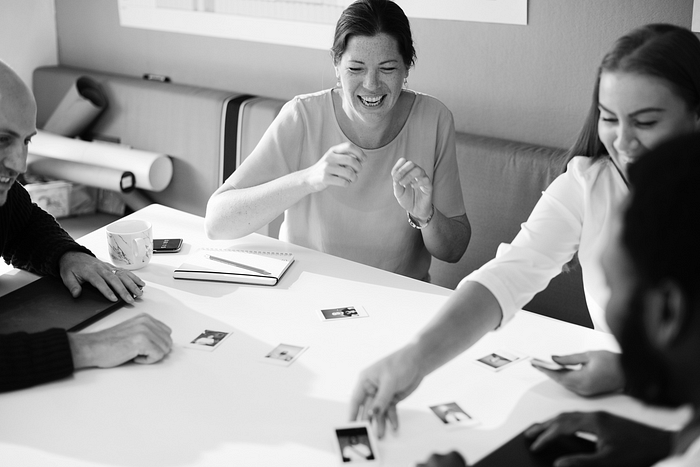
4. Collaboration is key, but it’s also a battle of egos
If you think clients are tough, wait until you work with a team. Collaboration is one of the most rewarding aspects of design, but it’s also one of the most challenging.
Designers, developers, stakeholders — everyone brings their own priorities, egos, and opinions to the table.
Take my early clashes with developers. I saw them as obstacles, constantly challenging my ideas with questions like, “How do you propose we do this?” It felt like they were trying to shut me down, but in reality, they were problem-solving.
Over time, I learned that developers’ input was invaluable — they brought a level of practicality and technical insight that I lacked. But man, it took a lot of arguments to get there.
One project stands out in particular. It was for a major Greek water provider, and the debate between the design and dev teams was heated. The developers argued that the app needed to be as simple as possible for an audience that included seniors aged 60 and older.
Meanwhile, we designers were pushing for finger gestures because we knew the app would primarily be used on mobile devices. The breakthrough came when we stopped arguing and started focusing on the user. By putting their needs first, we found a solution that worked for everyone — and the final product was better for it.
I explored this dynamic more in my article “A Designer, a Developer & a User Walk Into a Bar…”.
The lesson?
Collaboration is messy, but it’s worth it.
When egos are set aside and the focus shifts to the user’s needs, that’s when the magic happens.
5. Saying “Yes” to everything is the fastest path to burnout
As a freelancer, I said yes to everything. Every client, every project, every request. I needed the money, and I was terrified of turning down work.
But saying yes to everything doesn’t just lead to a packed schedule — it leads to burnout.
It wasn’t until I discovered Chris Do’s YouTube channel, The Futur, that I realized the importance of setting boundaries. By focusing on high-value projects and learning to say no, I started working smarter, not harder. I wrote about this in “Why Saying No Made Me a Better Designer”.
Burnout doesn’t just make you miserable — it makes your work suffer. Saying no isn’t about being difficult; it’s about preserving your energy for the projects that matter most. And trust me, clients and teammates will respect you more when you set boundaries. Nobody respects a doormat.
As Simmy points out in their Medium article, “How to Deal with Burnout”, burnout has been glamorized and normalized to the point where we often forget how destructive it can be.
Simmy nails it by describing how burnout makes your brain feel like a “potato salad of ideas.” For designers, this often leads to focusing on just getting things done, rather than solving problems creatively.
The advice to “listen to your burnout” is crucial — sometimes, it’s telling you to slow down, step back, and reevaluate your priorities.
Whether that means asking for help, breaking down tasks into manageable pieces, or just taking a damn nap, addressing burnout head-on is the only way to get back to doing your best work.
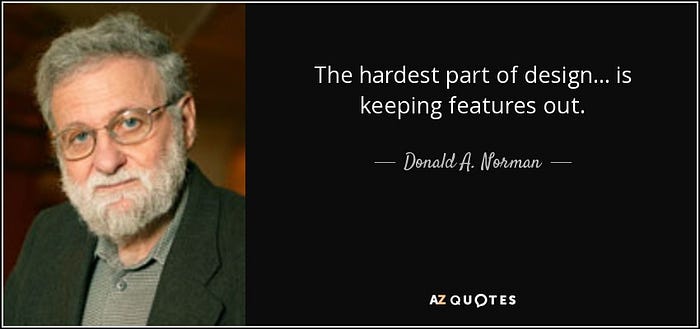
Being a designer isn’t just about creativity — it’s about solving problems, owning your decisions, embracing feedback, collaborating effectively, and knowing your limits. These truths aren’t always easy to learn, but they’re what separate good designers from great ones.
And remember, you’re not alone in this journey. The lessons you learn along the way don’t just make you a better designer — they make you a better collaborator, a better communicator, and maybe even a better person.



